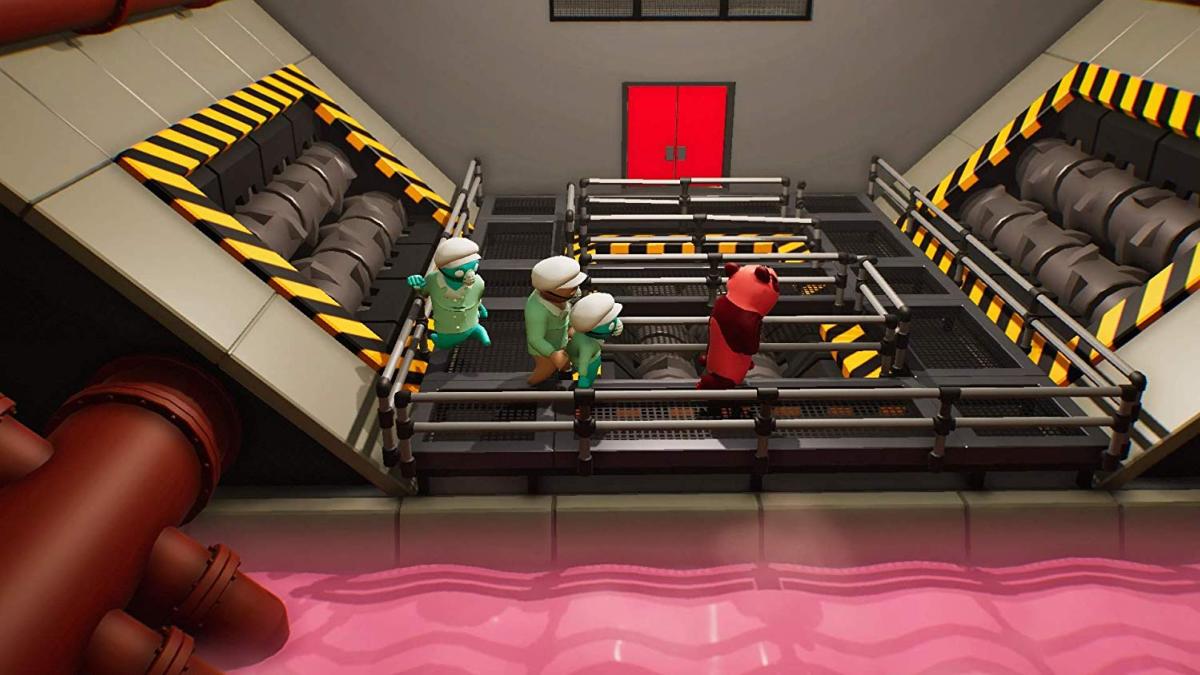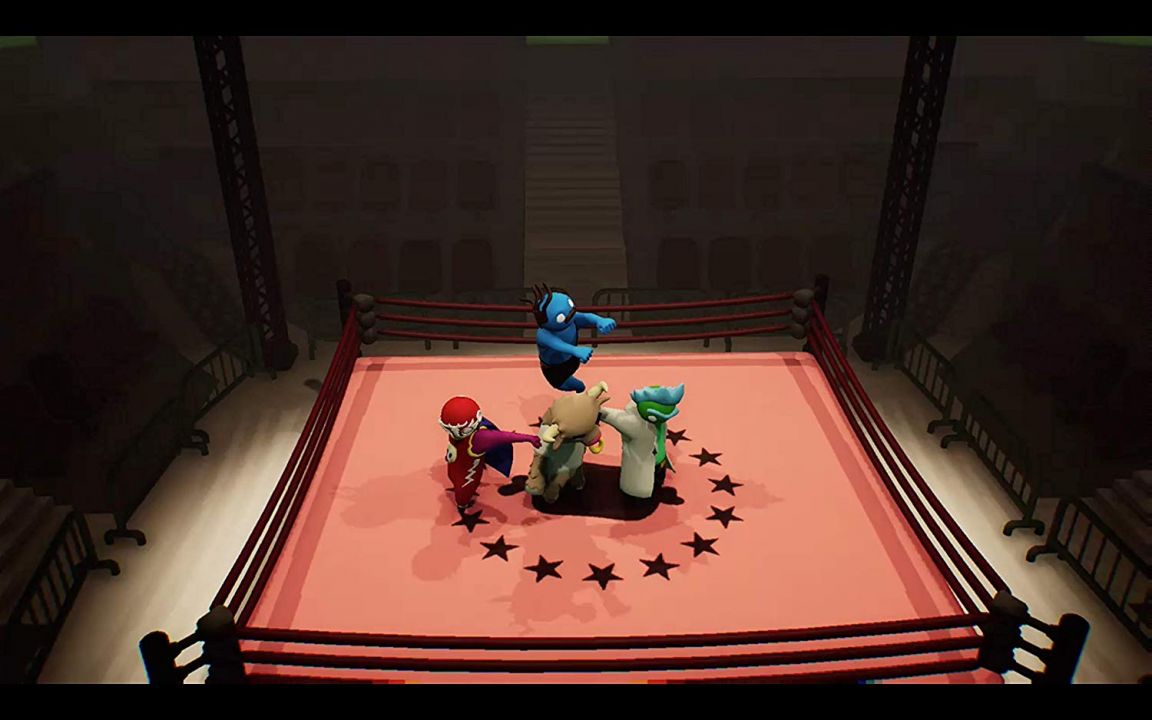
However when playing it at home, I didn’t get that same sense of force. When I played Gang Beasts at Bit Bash earlier this year, it seemed like punching had some heft to it and you could knock out a character for a few seconds. In addition to pulling and throwing your competition, you are also supposed to be able to punch and push them down. While I wholeheartedly enjoyed playing Gang Beasts with friends and participating in the smack talk that comes with it, there were some parts that left for wanting. There are a variety of different types of levels ranging from a meat packaging plant and incinerator to an ocean-front Ferris wheel and a plain old wrestling ring. No story, no extensive game design, just good old button mashing. There is very little to Gang Beasts in terms of plot: throw your friends into danger and be the last one standing. When playing with a group of friends in a smaller setting, and fewer players, there is no reduction in fun by any means. The migration spreads the reach of gangs into new neighborhoods and promotes a flourishing gang subculture.įorming multi-agency task forces and joint community groups is an effective way to combat the problem.Andrew Burrage, Editor: I had the opportunity to play Gang Beasts at Bit Bash in Chicago earlier in September, and the game is a total blast, especially in that kind of atmosphere. Migration of California-style gang culture remains a particular threat. Incarceration of gang members often does little to disrupt their activities, as high-ranking gang members are often able to exert their influence on the street from within prison. Prison gangs pose a unique threat to law enforcement and communities. Gangs are associating with organized crime entities, such as Mexican drug organizations, Asian criminal groups and Russian organized crime groups. Gangs remain the primary distributors of drugs throughout the U.S. Gangs are more sophisticated in their use of technology and computers and are using these tools to perpetrate criminal acts. New trends include the growth of Hispanic gang membership, especially in the Northeast and South. As children near the end of their teenage years, they have witnessed over 200,000 violent acts in the media.Īccording to the 2005 National Gang Threat Assessment:

Innocent people in these communities face daily exposure to violence from criminal gangs trafficking in drugs and weapons and gangs fighting among themselves to control or extend their turf and their various criminal enterprises.īy the time children leave elementary school, they have seen 8,000 murders and more than 100,000 acts of television violence. The Department of Justice estimates there are approximately 30,000 gangs, with 800,000 members, impacting 2,500 communities across the United States. The Federal Bureau of Investigations reported in 2006: Gangs in the west are employing an increased level of sophistication in the planning and execution of criminal acts, especially against law enforcement officers. The number of cases of identity and credit card theft perpetrated by gang members has increased. Street gangs in the west are frequently involved in the distribution of marijuana, methamphetamine and other drugs, according to a 2005 National Gang Threat Assessment report. These downward trends are an indication that early prevention and resource programs in schools and community policing are working for California's youth. From 2000 to 2005, juvenile arrests for felony offenses declined 14.7 percent in rate, and misdemeanor arrest rates declined 19.2 percent. In 2005, juvenile arrests in California continued to decline. In addition, many gangs which today have a nationwide presence, such as the Bloods, the Crips, Mara Salvatrucha (MS-13), and 18th Street, can trace their roots to Los Angeles Recent estimates indicate approximately 1,350 street gangs, with as many as 175,000 members in the FBI Los Angeles’ seven-county area of responsibility (San Luis Obispo, Santa Barbara, Ventura, Los Angeles, Riverside, San Bernardino, and Orange). Los Angeles has long been recognized as the epicenter of gang activity nationwide.


The California Department of Justice estimates that there could be as many as 300,000 gang members in this state.


 0 kommentar(er)
0 kommentar(er)
